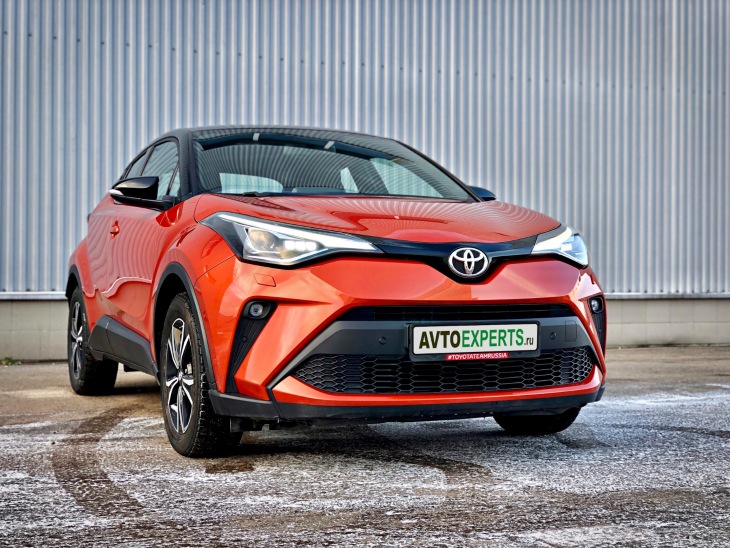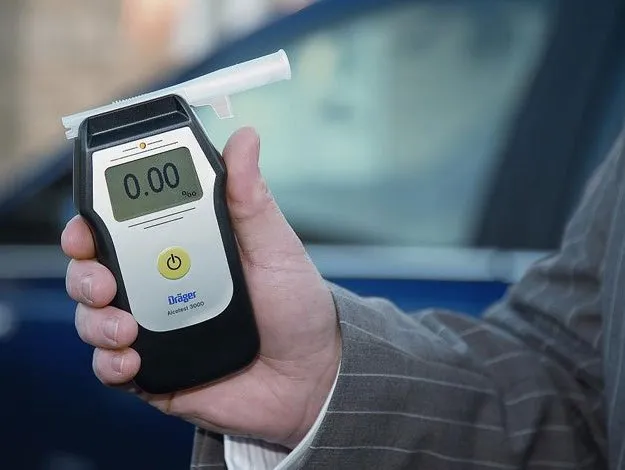
Will the car protect us from smog? Checking on the example of Toyota C-HR
It cannot be denied that the air condition in many regions of Poland is terrible. In winter, concentrations of suspended dust can exceed the norm by several hundred percent. How do cars with a conventional cabin filter manage to filter out pollutants? We tested this with the Toyota C-HR.
More and more manufacturers are introducing advanced car interior cleaning systems. From carbon filters to air ionization or nanoparticle spraying. How does it make sense? Don't cars with a regular cabin filter protect us from pollution?
We tested this under rather extreme conditions, in Krakow, where smog is taking its toll on residents. To do this, we equipped ourselves with a PM2,5 dust concentration meter.
Why PM2,5? Because these particles are very dangerous for humans. The smaller the diameter of the dust (and PM2,5 means no more than 2,5 micrometers), the more difficult it is to filter, which means a higher risk of respiratory or cardiovascular diseases.
Most measuring stations measure PM10 dust, but our respiratory system still does a pretty good job of it, although of course long-term exposure to dust also harms us.
As we already mentioned, PM2,5 is much more dangerous for our health, which easily passes into the respiratory system and, due to its small structure, quickly penetrates into the bloodstream. This "silent killer" is responsible for diseases of the respiratory and circulatory systems. It is estimated that people exposed to it live on average 8 months less (in the EU) - in Poland it takes us another 1-2 months of life.
So it's important that we deal with it as little as possible. So can the Toyota C-HR, a car with a classic cabin air filter, isolate us from PM2,5?
Pomiar
Let's carry out the measurement in the following way. We will park the C-HR in the very center of Krakow. We will place a PM2,5 meter in a car that connects to a smartphone via Bluetooth. Let's open all the windows for a dozen or two minutes to see how locally - at one point inside the machine - the dust level before filtration is presented.
Then we turn on the air conditioner in a closed circuit, close the windows, set the maximum air flow and exit the car. The human respiratory system acts as an additional filter - and we want to measure the filtering capabilities of the C-HR, not the editorial.
We'll check the PM2,5 readings in a few minutes. If the result is still not satisfactory, we will wait a few more minutes to see if we can filter out most of the contaminants.
Well, we know!
Air conditioning - very angry
The first reading confirms our fears - the state of the air is really bad. A concentration of 194 µm/m3 is classified as very bad, and long-term exposure to such air pollution will certainly affect our health. So, we know at what level we start. Time to see if it can be prevented.
In just seven minutes, PM2,5 levels were down by about 67%. The counter also measures PM10 particles - here the car works much more efficiently. We note a decrease from 147 to 49 microns/m3. Encouraged by the results, we wait another four minutes.
The test result is optimistic - from the original 194 microns / m3, only 32 microns / m3 of PM2,5 and 25 microns / m3 of PM10 remained in the cabin. We are safe!
Let's remember regular exchanges!
Although the filtration capacity of the C-HR has been found to be satisfactory, it must be remembered that this state will not last long. With daily use of the car, especially in cities, the filter can quickly lose its original properties. We often forget about this element altogether, because it does not affect the operation of the car - but, as you can see, it can protect us from harmful dust in the air.
It is recommended to change the cabin filter even every six months. Perhaps the upcoming winter will encourage us to take a closer look at this filter, which is so important now. Luckily, the replacement cost is not high and we can handle most cars without the help of mechanics.
There is one more question left to solve. Is it better to drive alone in a car that is smog-proof but which, when stuck in a traffic jam, contributes to its formation, or to choose public transport and a smog mask, hoping that we are acting for the good of society?
I think we have a solution that will satisfy both us and those around us. It is enough to drive a hybrid or, even more so, an electric car. If only everything was that simple...

